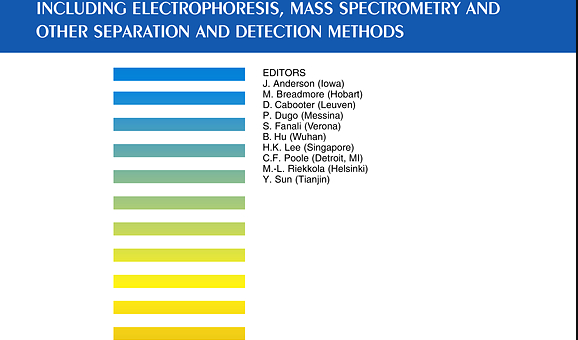A computational fluid dynamics method was used for prediction of flow behavior and band profiles of small- and macro-molecule compounds eluting in extra-column volumes (ECV) of an Äkta chromatographic system. The model compounds were: acetone, bovine serum albumin and an antibody. The construction of ECV was approximated by different types of geometries, starting from the simplest two-dimensional (2D) arrangement consisting of a straight capillary tube, and ending with a three-dimensional system (3D), which accounted for the flow path curvature of individual elements of ECV, including: injection loop capillary, multi-way valve, connecting capillary and detector cell. The accuracy of the model predictions depended on the flow path length and the eluent flowrate. 2D-geometry models reproduced pretty well the shapes of band profiles recorded at the lowest eluent flowrate used, but they failed for increased flowrates. The 3D-geometry model was found to be sufficiently accurate for all conditions investigated. It was exploited to analyze band broadening in the individual ECV elements. The simulation results revealed that the flow behavior in the injection loop capillaries strongly influenced the shape of band profiles, particularly at higher eluent velocities. This was attributed to the formation of Dean vertices triggered by centrifugal forces in curved parts of the eluent flow path.
See the link:
https://www.sciencedirect.com/science/article/pii/S0021967321005343?via%3Dihub








